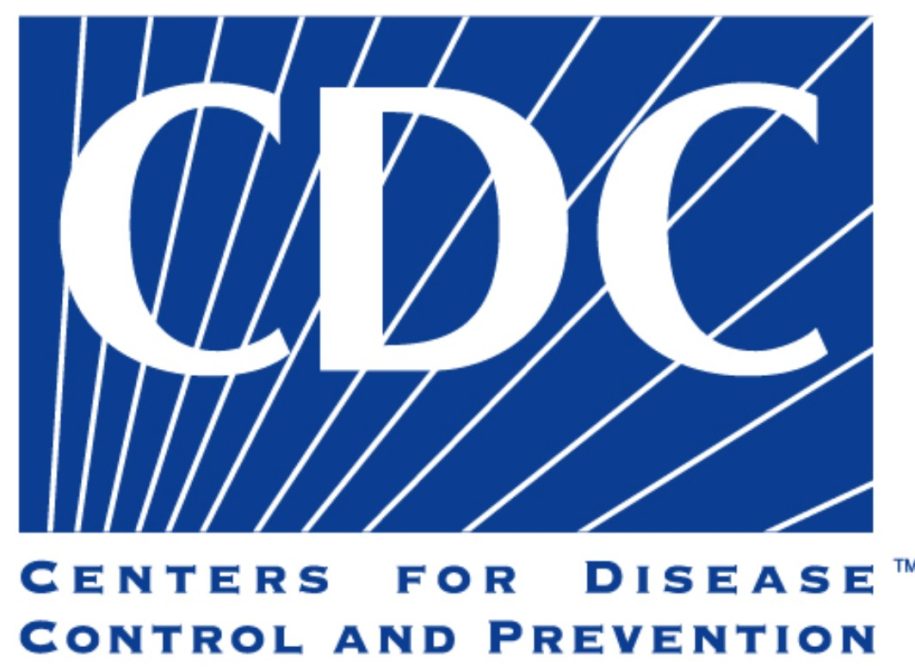Introduction
The teen years represent a period of both biological and social transition, resulting in new and unique stressors. Teenagers with social and emotional support are better equipped to handle these stressors and are less likely to experience a variety of adverse physical and mental health outcomes.
While the level of social and emotional support received by teenagers varies by both teen and family characteristics, research based on nationally representative samples is lacking. Moreover, the reliance on parent-report in past studies may misrepresent the true level of support teenagers received, given the potential for high disagreement between teenagers and their parents based on differences seen in parent- and child-report of other measures.
To help address these gaps, data from the National Interview Survey–Teen (NHIS–Teen) were used. NHIS–Teen is a web-based, self-administered follow-back survey of teenagers ages 12–17 years who were selected as part of the National Health Interview Survey (NHIS) Sample Child interview. As part of the NHIS Sample Child interview, parents report information on behalf of the Sample Child, so the teenager is not reporting information about themselves. These same sampled teenagers were then invited to participate in NHIS–Teen with their parents’ permission. This allows for both the estimation of outcomes relevant for teenagers and a better understanding of how parent and teen reporting may differ for specific topics.
Using data from both NHIS and NHIS–Teen, this report has several analytical goals: 1) to describe self reported social and emotional support among teenagers ages 12–17 years and evaluate how the percentage of teenagers who always or usually receive this support varies by selected teen and family characteristics, 2) to study if differences in health and well-being outcomes exist between teenagers who always or usually receive support and those who do not, and 3) to compare teen- and parent-reported estimates of teenagers’ perceived social and emotional support overall and by selected teen and family characteristics.
Methods
Data sources
Data used in this report come from two nationally representative sources: NHIS and NHIS–Teen, collected between July 2021 and December 2022.
NHIS is a primary source of information on the health of the U.S. civilian noninstitutionalized population. Detailed health interviews are collected about one randomly selected household adult (known as the Sample Adult), and, if present, one randomly selected household child (known as the Sample Child). Adults respond on their own behalf, while a parent or guardian answers on behalf of the child. Interviews are administered either by phone or in person by trained interviewers using computer-assisted personal interviewing. More information about the 2021 and 2022 NHIS sample designs, interviewing procedures, and survey content can be found in the NHIS survey description documents.
NHIS–Teen is a web-based, selfadministered follow-back survey of adolescents ages 12–17 years whose parent completed the NHIS Sample Child interview about their teenager and provided permission for their teenager to be invited to participate in the survey. Eligible teenagers received an invitation letter and a series of scheduled reminders with instructions for completing a 15-minute online health survey. On average, teenagers completed the survey within 2–3 weeks of their parent’s interview.
NHIS–Teen covers topics such as physical activity, screen time, friendships, bullying, and symptoms of poor mental health and resilience as reported by the teenagers themselves. Most of the questions in NHIS–Teen are similar to those asked of their parents in the NHIS Sample Child interview. However, NHIS–Teen has additional questions that are asked of teenagers but are not included in the NHIS Sample Child interview. The NHIS–Teen completion rate from July 2021 through December 2022 among teenagers was 45.9%. More detailed information about NHIS–Teen, including its methodology and recruitment strategy, has been published elsewhere.

